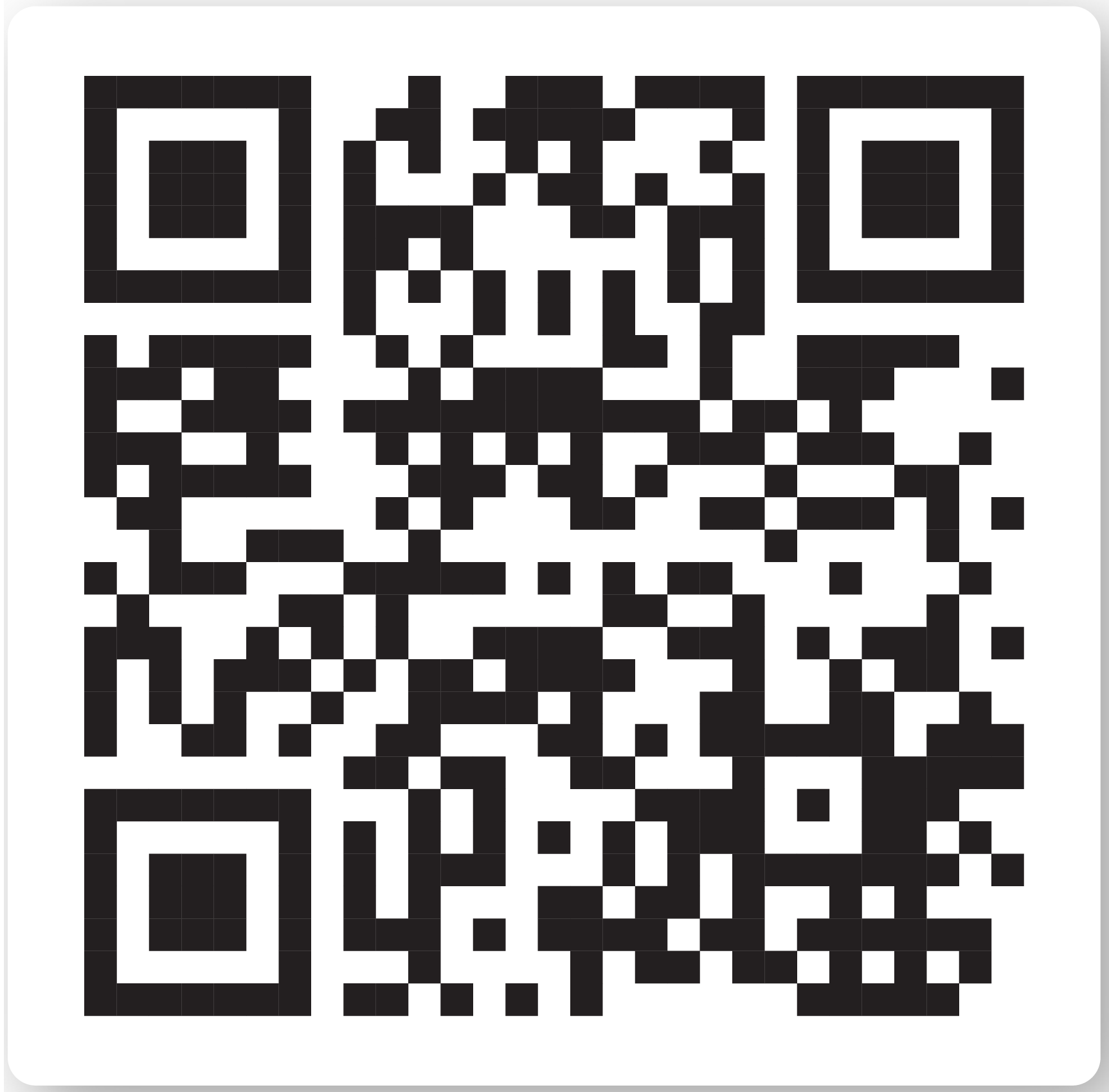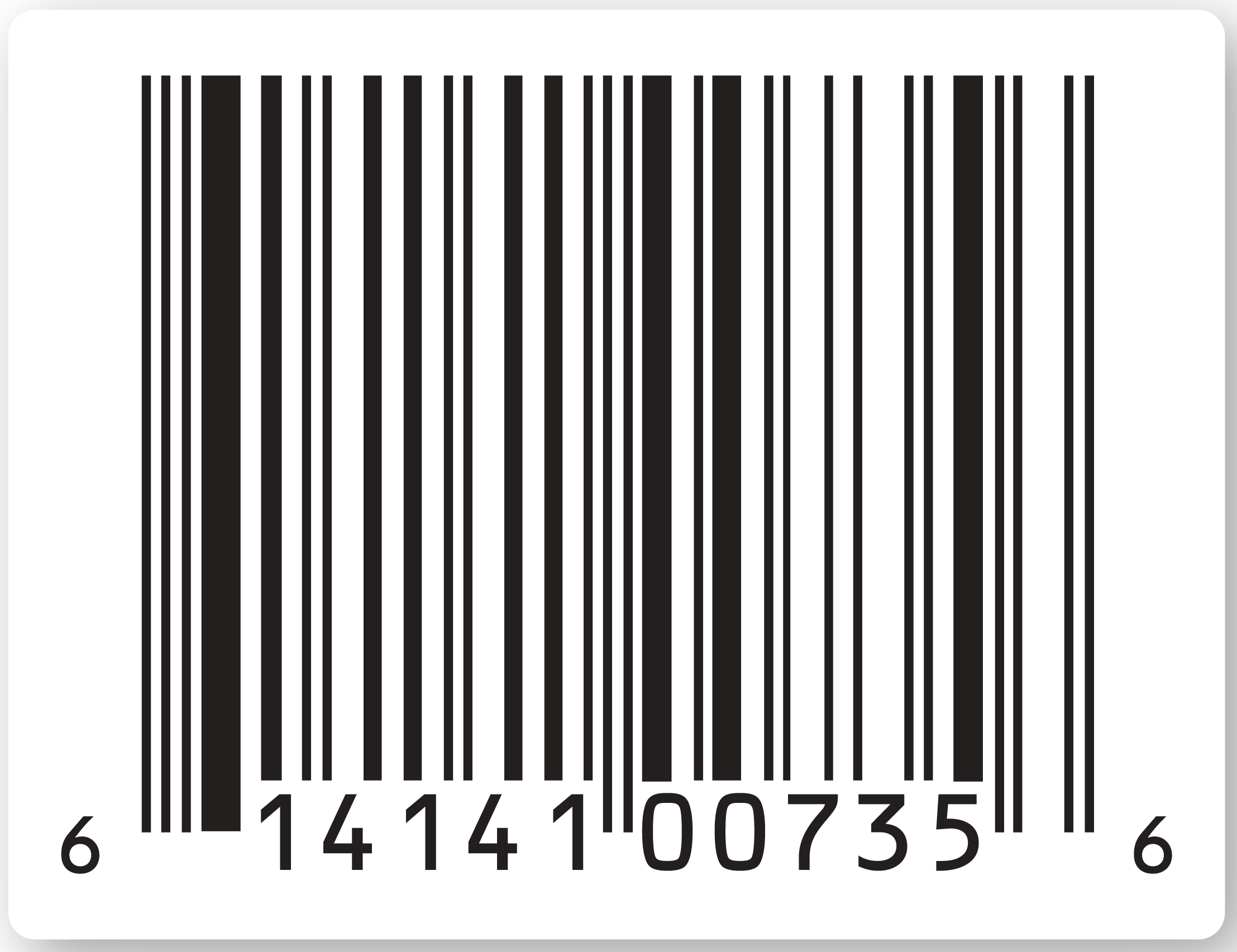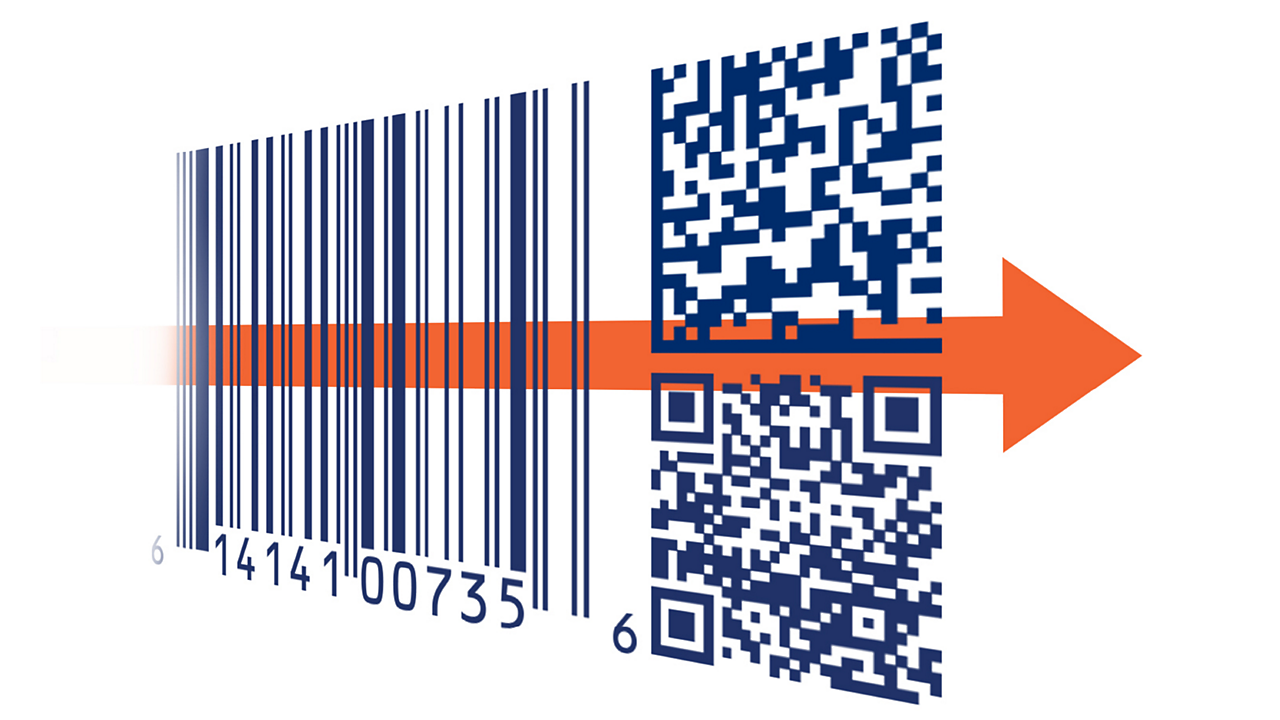The postal barcode, or the Intelligent Mail Barcode, is a unique system used by USPS. The postal barcode consists of a 65-bar code and holds up to 20 digits using long and short bars and a Routing Code (ZIP Code™) field of up to 11 digits. Printing the barcode on each piece of mail allows for smart sorting.
Barcodes are a necessary part of everyday functions across many industries. Whether tracking logistics, verifying product authenticity, or making a sale, barcodes come into play every day. We’ve seen one-dimensional (1D), linear barcodes for many years, but with two-dimensional (2D) barcodes becoming more accepted in many industries, it’s not uncommon to wonder about the differences between 1D and 2D barcodes.
Aside from their appearances, 1D and 2D barcodes offer users different functionalities and data capacities that can make significant differences in efficient workflow. We’ll examine what makes each different and their practical uses.
Related Topics
1D vs. 2D Barcodes
What is a 1D Barcode?
A one-dimensional (1D) barcode represents data in a linear sequence when scanned. This barcode type uses a series of vertical lines of various widths with spaces to encode data. When scanned, a 1D barcode allows a computer to access information in a database regarding a specific item. (e.g., inventory, cost, etc.)
A linear barcode can only hold a limited amount of characters, which puts constraints on the amount of data held in each code. We see 1D barcodes every day in retail settings such as food, clothing, and electronics. In addition, various settings utilize different types of 1D barcodes for unique purposes.
Types of 1D Barcodes
The most recognized linear barcode is the Universal Product Code (UPC). A UPC is printed somewhere on every item sold in stores. This allows information to be quickly and easily accessed at the point of sale.
The UPC-A barcode consists of 12 digits that aid in identifying the product and its manufacturer. For some of the 12-digit identifiers, a UPC-E can be used that suppresses the identifier to create a condensed barcode version containing only six numerical digits. This is ideal for items lacking space for a UPC-A barcode. Additionally, we see other types of 1D barcodes throughout commerce and industry.

Intelligent Mail® Barcode (IMB)
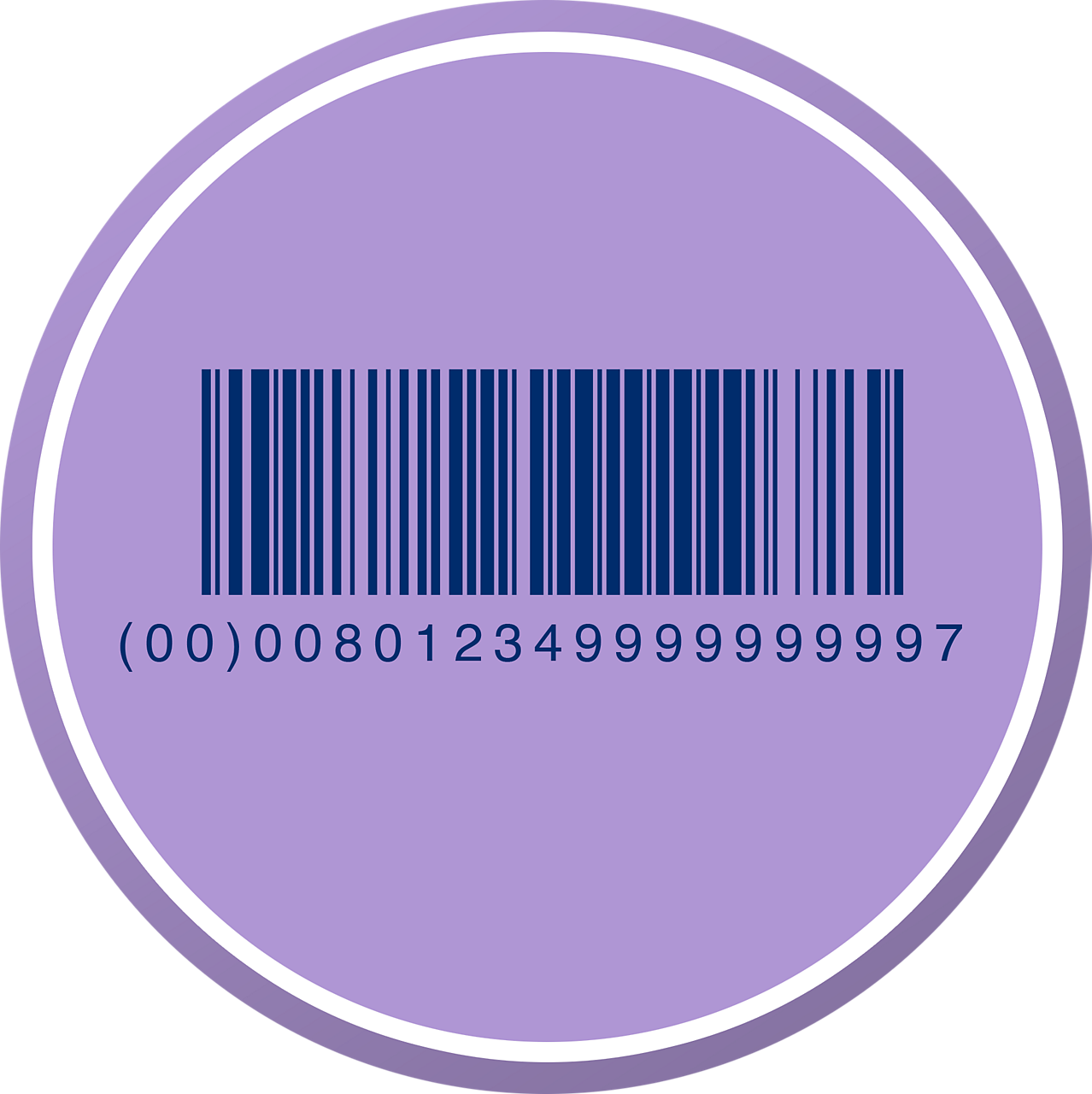
GS1-128
It’s not uncommon for products on pallet shipments or cartons as well as other items that require tracing to have multiple barcodes on them. With a capacity for up to 12 digits, a typical UPC often won’t hold enough information to provide unique tracking information for an item through the supply chain from origin to destination. A GS1-128 barcode, formerly known as UCC/EAN-128, is a high-density linear barcode that can hold information up to 48 characters. These linear barcodes capture much more data in a single scan.

DataBar®
The GS1 DataBar can be used in many instances with a variety of iterations. A single-layered omnidirectional DataBar can hold up to 14 numbers. A stacked omnidirectional DataBar is two layers of linear barcodes and also holds information up to 14 numbers. The expanded stacked DataBar is much more diverse, with a maximum capacity of 74 numbers and 41 letters. DataBar barcodes are often used with fresh produce to hold information like lot numbers, expiration dates, and information for the point of sale.
Uses for Linear Barcodes
Linear barcodes are used across many industries for a variety of purposes. Retail settings use traditional UPC barcodes to scan clothing, electronics, food, and more at the point of sale. Shipping labels use barcodes to track items in the supply chain or during transport.
A linear barcode can be printed directly onto some corrugated surfaces, which makes them ideal for use during shipping with limited risk of damage to the code. While a single 1D barcode isn’t equipped to hold endless amounts of information, it can be used as a fixed point for accessing a fluid database. A one-dimensional barcode also has a built-in fail-safe with the human readable interpretation (HRI) printed beneath the barcode, which allows handlers to type the code in by hand if the barcode has been damaged.

Consumers demand more information about the products they’re purchasing, regulators require the disclosure of more information and there’s an ongoing need to more effectively track and trace products through the supply chain. We can resolve this with 2D barcodes with GS1 standards inside – a single bar code that has the power to provide all the information consumers need and desire, improve traceability through the supply chain, and scans at checkout.”
—Jon R. Moeller,
Chairman of the Board,
President and Chief Executive Officer Procter & Gamble
What is a 2D Barcode?
Unlike linear barcodes, two-dimensional (2D) barcodes are created on an x-y axis, meaning they can be read from any direction. Image capture technology sends the barcode to deciphering software to identify parts of the code to orient it properly, then reads the dots, squares, hexagons, and other shapes used to create the barcode. QR Codes and data matrices are the most common types of 2D barcodes we see in everyday life, but there are others that perform additional functions.
Types of 2D Barcodes
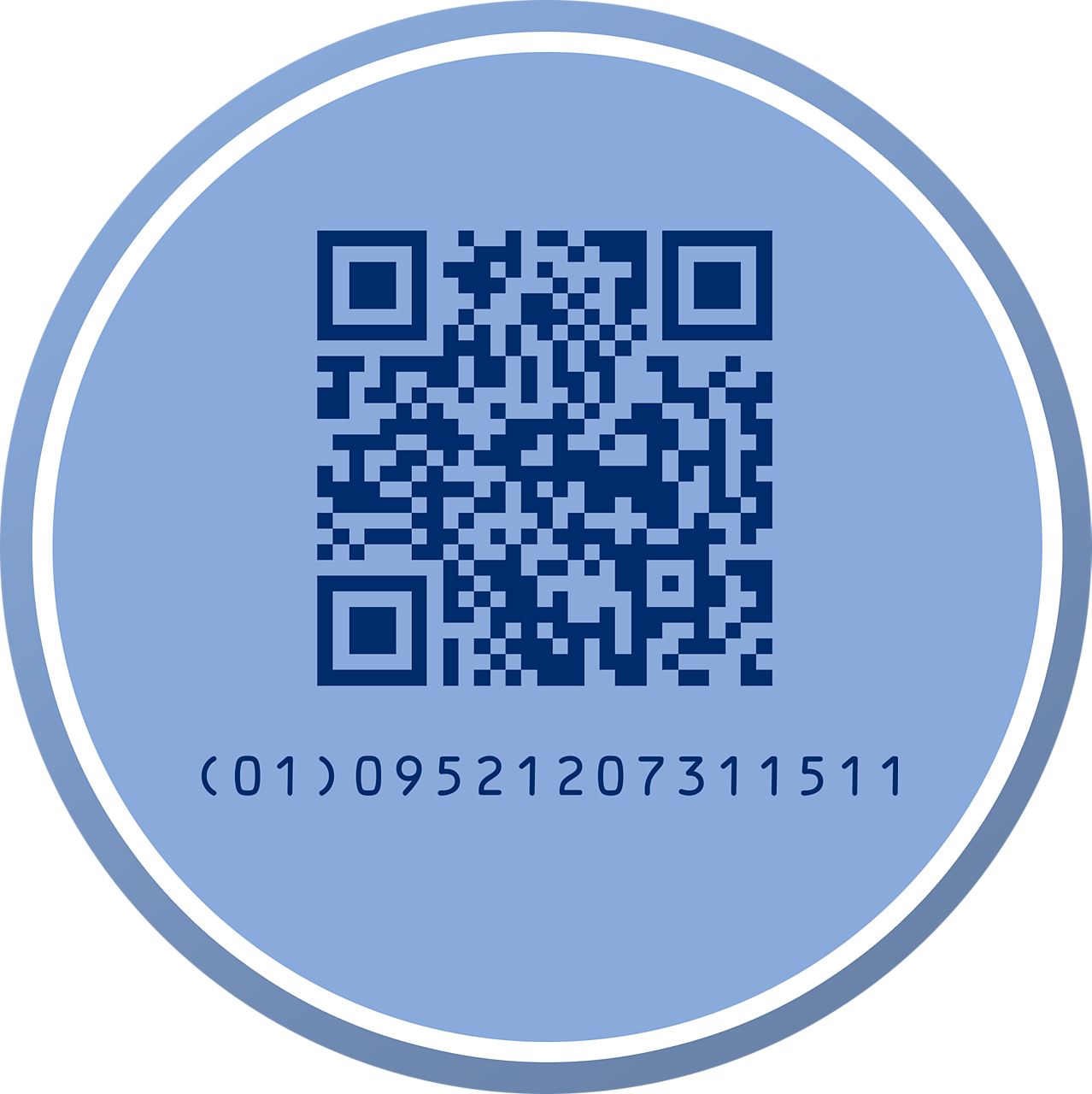
QR Code
Gaining popularity in everyday use, the QR Code is a versatile 2D barcode that holds a large amount of information. A QR Code can be used to direct consumers to web pages, identify items in the supply chain, share images, and more. Imaged-based scanners and mobile phone cameras can read and decode the matrix of a QR Code, making them easily accessible to the general public.

GS1 DataMatrix
A GS1 DataMatrix looks similar to a QR Code at first glance, but distinct differences allow them to function across different industries. The GS1 DataMatrix is the preferred 2D barcode for industries like aerospace, pharmaceuticals, and electronics. GS1 DataMatrix can track components and drugs through the supply chain, while also ensuring items haven’t been tampered with or counterfeited during the process.

PDF417
A PDF417 stands for “Portable Data File” with a data pattern consisting of four-bars, containing 17 units of data. The PDF417 resembles a horizontally stretched matrix with linear barcodes at both ends of the code. The airline industry has used PDF417 barcodes to provide unique passenger information on electronic or physical boarding passes.
Uses for 2D Barcodes
When comparing a 1D barcode versus a 2D barcode, the most significant difference between the two is the amount of data each can hold. Two-dimensional barcodes can hold far more data in a single scan than any linear barcode. This allows companies to track inventory much more easily and, in many instances, connect with consumers. A 2D barcode, like the GS1 DataMatrix or QR Code, is much more efficient when scanning items throughout the supply chain. A single code can hold information regarding the item, its serial number, as well as other information.
While two-dimensional barcodes are increasingly taking hold in the world, linear barcodes still have a place. Understanding the differences in structure and use of 1D versus 2D barcodes can help to make workflows more efficient.


